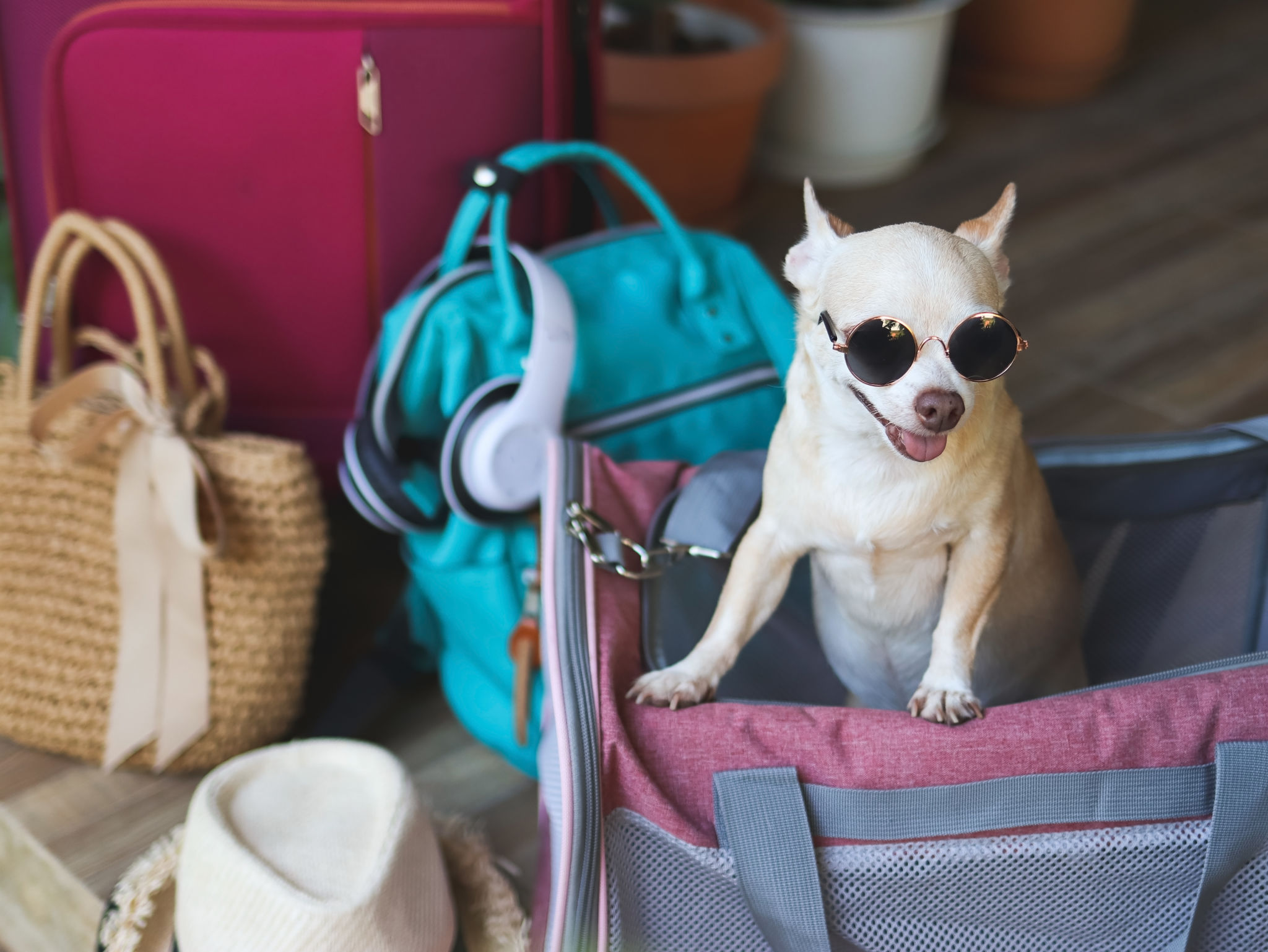Expert Tips for Reducing Pet Travel Anxiety
Understanding Pet Travel Anxiety
Traveling can be a stressful experience for pets, much like it can be for humans. However, unlike us, our furry companions cannot communicate their discomfort directly. Recognizing the signs of travel anxiety in pets is crucial for ensuring their well-being. Common indicators include excessive panting, whining, trembling, and even aggression. It's important to remember that each pet is unique, and what causes anxiety in one may not affect another.

Preparation is Key
One of the most effective ways to reduce pet travel anxiety is through proper preparation. Begin by familiarizing your pet with their carrier or travel crate well in advance of the trip. Allow them to explore the space freely and associate it with positive experiences. You might even place their favorite blanket or toy inside.
Additionally, consider short practice trips to help your pet acclimate to the motion and sounds of travel. Gradually extend these trips to build their comfort level. Remember to reward them with treats and affection for calm behavior during these trial runs.
Creating a Comfortable Environment
When traveling, creating a comfortable environment for your pet is essential. Ensure that their carrier is well-ventilated and has enough space for them to move around comfortably. If traveling in a car, secure the carrier with a seatbelt to prevent sudden movements.
For longer trips, keeping your pet hydrated is crucial. Offer small amounts of water periodically and avoid feeding them right before traveling to reduce the risk of motion sickness.

Calming Products and Techniques
There are various calming products available that can help alleviate pet travel anxiety. Consider using pheromone sprays or diffusers designed to create a sense of calmness. Additionally, calming collars infused with natural ingredients like lavender and chamomile can be beneficial.
Some pet owners find success with anxiety wraps or vests that apply gentle pressure, providing a reassuring sensation similar to a hug. It's always wise to consult with your veterinarian before trying new products to ensure they are suitable for your pet.
The Role of Routine
Maintaining a routine as much as possible during travel can help minimize anxiety. Try to stick to regular feeding and exercise schedules even when on the road. Familiar routines provide a sense of stability and predictability, which can be comforting to anxious pets.
Before traveling, engage your pet in physical activities to help expend excess energy. A tired pet is often a calmer one, making the journey more pleasant for everyone involved.

Seeking Professional Advice
If your pet's travel anxiety is severe, it may be beneficial to seek professional advice from a veterinarian or an animal behaviorist. They can provide personalized recommendations and may suggest behavioral training or medication in extreme cases.
Remember that each pet's needs are different, and what's effective for one may not work for another. A professional can help tailor a plan that best suits your pet's specific requirements.
Post-Travel Care
Once you've reached your destination, ensure that your pet has time to settle into their new environment. Allow them to explore at their own pace and provide familiar items like toys or bedding to create a sense of home.
Offer plenty of reassurance and affection as they adjust, and keep an eye out for any signs of ongoing stress or anxiety. With patience and understanding, your pet will soon feel more comfortable in their new surroundings.